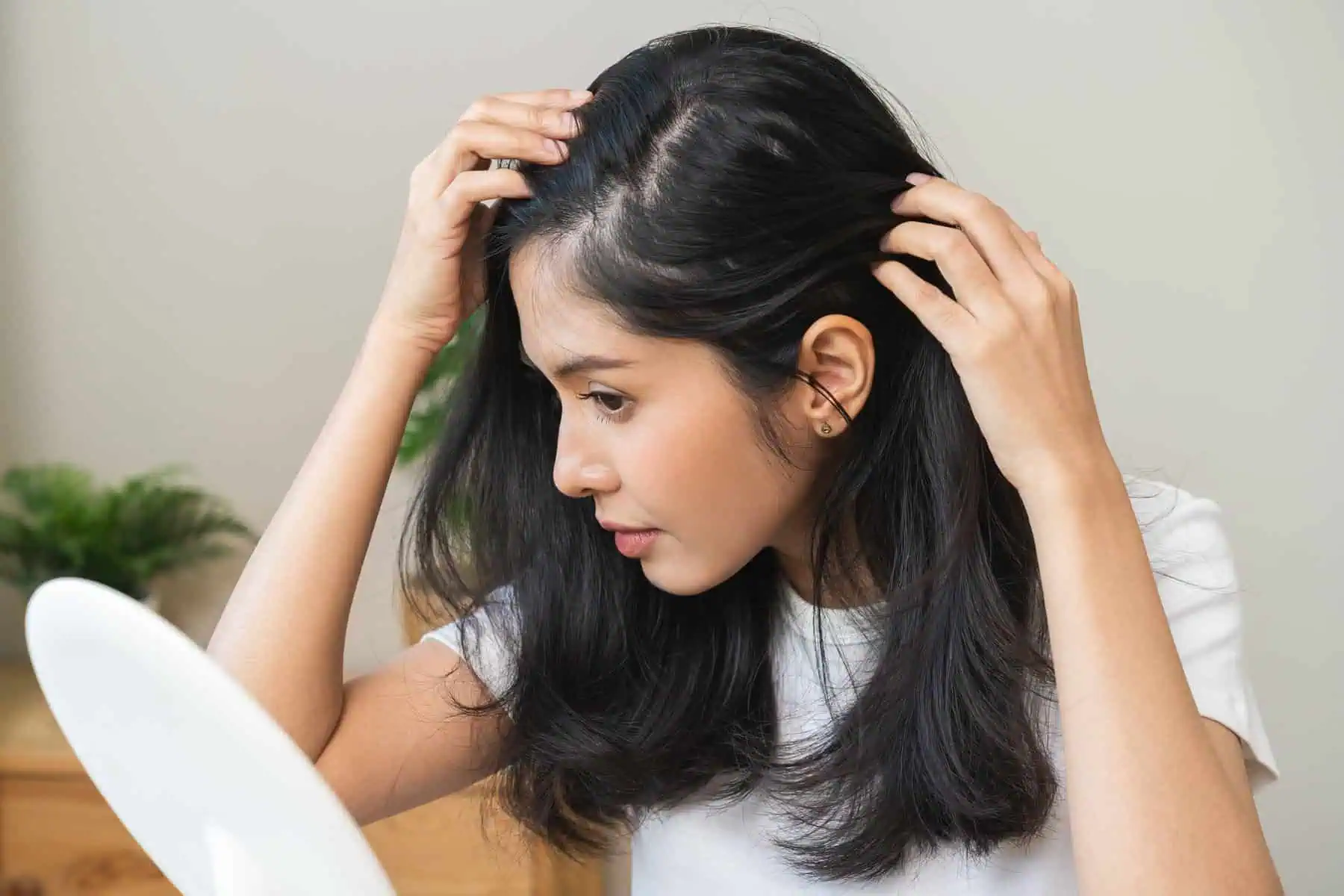Thinning hair in New York, NY

Thinning hair in New York, NY
Thinning hair is a condition that affects a wide range of people, both men and women, leading to a noticeable reduction in hair density on the scalp. This condition often progresses gradually, making early detection challenging until significant hair loss has occurred. Thinning hair can present itself in various ways, such as a more comprehensive part line, a more visible scalp, or a general decrease in hair volume. Female hair thinning and male pattern baldness are two of the most recognized forms of thinning hair, but the underlying causes can be complex and multifaceted. Genetics, hormonal imbalances, stress, and environmental factors contribute to the condition.
Maintaining scalp health for thinning hair is essential, as an unhealthy scalp can exacerbate the problem, leading to further hair loss. Fortunately, various thinning hair treatments are available to help manage and potentially reverse this condition, providing hope for those affected.
What Causes Thinning Hair?
Thinning hair can stem from several factors, making it essential to identify the underlying cause for effective treatment. Key causes include:
Genetics
A primary cause of thinning hair, especially in male pattern baldness and female hair thinning. A family history of hair loss increases the likelihood of experiencing thinning hair.
Hormonal Changes
Common during pregnancy, menopause, or due to thyroid issues, leading to disruptions in the hair growth cycle and increased shedding.
Stress
Triggers telogen effluvium, a condition in which hair follicles prematurely enter the resting phase, resulting in increased shedding.
Nutritional Deficiencies
Not getting enough essential nutrients such as iron, zinc, or proteins can weaken hair follicles, slowing hair growth and increasing hair loss.
Environmental Factors
Exposure to pollutants, harsh hair treatments, and repeated heat styling can damage the hair shaft and scalp, contributing to thinning hair.
Medical Conditions
Thyroid disorders, anemia, and autoimmune diseases can also lead to thinning hair.
Thinning Hair Treatments
There are several approaches to thinning hair treatment, based on the severity and underlying cause of hair loss. Here are some of the most common methods:
Topical Treatments
Hair regrowth products like minoxidil are used directly on the scalp to stimulate hair follicles and promote regrowth.
They are widely used for both female hair thinning and male pattern baldness.
Consistent application is necessary to maintain results, and it may take several months to see improvements.
Oral Medications
Finasteride, a prescription oral medication, blocks the hormone DHT, which shrinks hair follicles and contributes to male pattern baldness.
It is primarily used for men but can be prescribed to women under specific conditions.
It is important to discuss possible side effects with a healthcare provider before starting this medication.
Hair Restoration Procedures
Hair Transplants
Involves harvesting hair follicles from areas of the scalp with thicker hair and transplanting them to thinning or balding areas.
Scalp Micropigmentation
Creates the appearance of fuller hair by tattooing tiny dots on the scalp.
Both procedures offer long-lasting results for those seeking significant hair loss solutions.
Laser Therapy
Low-level laser therapy (LLLT) uses light to stimulate hair follicles and improve scalp health for thinning hair.
It can be done in a clinic or with at-home devices; consistency is key.
It may take several sessions to see results.
Lifestyle and Diet Changes
Balanced Diet
Rich in vitamins and minerals like iron, biotin, and omega-3 fatty acids, essential for healthy hair.
Stress Reduction
Through meditation, exercise, and adequate sleep to prevent thinning hair.
Best Shampoo for Thinning Hair
Look for products with biotin, keratin, and caffeine to strengthen hair and promote scalp health.
What Are the Results?
Results from thinning hair treatments can vary based on the method used and the individual’s condition:
Topical Treatments
- Results from minoxidil may take several months.
- Continued use is needed to maintain hair growth.
Oral Medications
- Finasteride can slow hair loss and encourage regrowth.
- It takes time to work and requires ongoing use for best results.
Hair Restoration Procedures
- Offer immediate, visible results but require recovery.
- Long-lasting outcomes with professional treatment.
Laser Therapy
- Gradual improvements in hair thickness.
- It is best used in combination with other treatments.
Lifestyle and Diet Changes
- Provide long-term support for hair health.
- It can prevent further thinning when combined with other treatments.
Benefits of Treating Thinning Hair include
- Slows down hair loss progression
- Encourages new hair growth
- Improves hair density
- Enhances overall scalp health
- Boosts self-confidence
- Reduces reliance on styling products to cover thin areas
- Offers long-lasting results with specific treatments
- Provides options for both men and women
- Tailored to individual needs
- Supports overall hair health through dietary and lifestyle changes
Frequently Asked Questions
Reversing thinning hair can be challenging, but early intervention with treatments like minoxidil or finasteride can slow the process and promote regrowth.
The best shampoo for thinning hair typically includes ingredients like biotin, keratin, and
caffeine, strengthening hair and promoting a healthier scalp.
Yes, stress can cause hair thinning by triggering conditions like telogen effluvium, which leads to increased hair shedding.
Hair transplants are an effective hair loss solution for significant thinning and provide a permanent way to restore hair density.
Results from thinning hair treatments like minoxidil or laser therapy can take several months, with consistent use being essential for success.
Yes, diet significantly impacts scalp health for thinning hair. A nutrient-rich diet supports hair growth and can help prevent further thinning.
